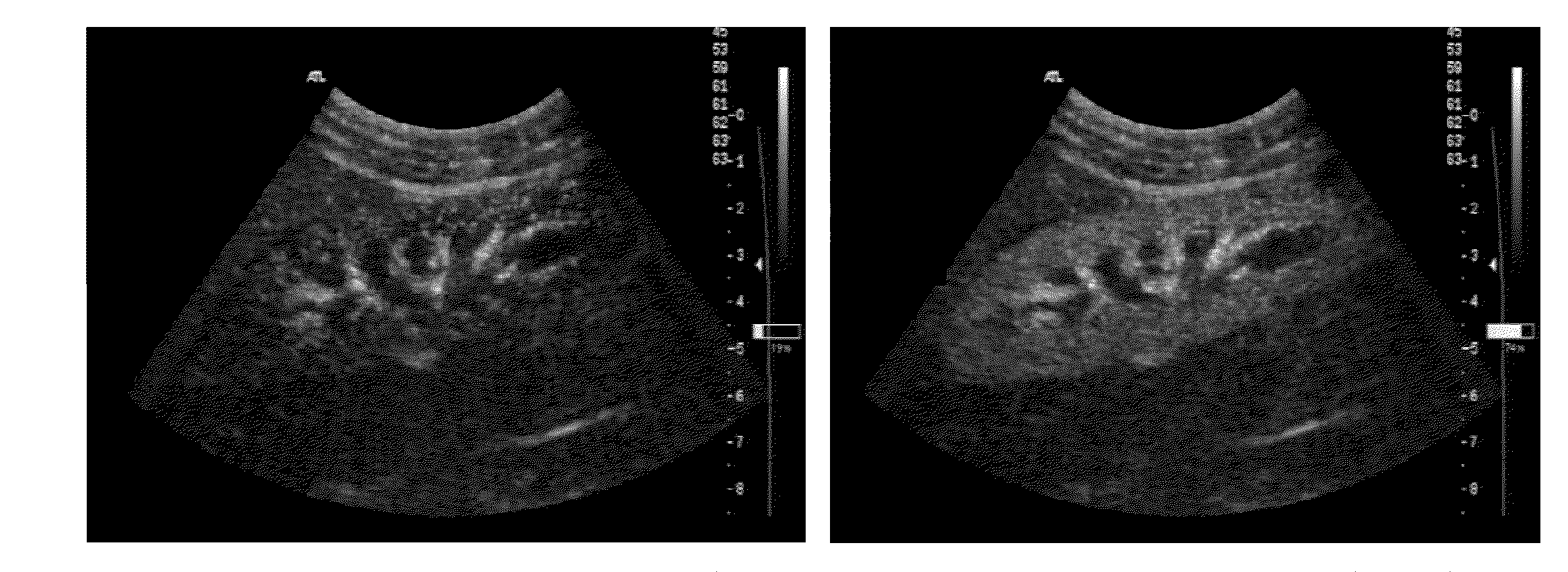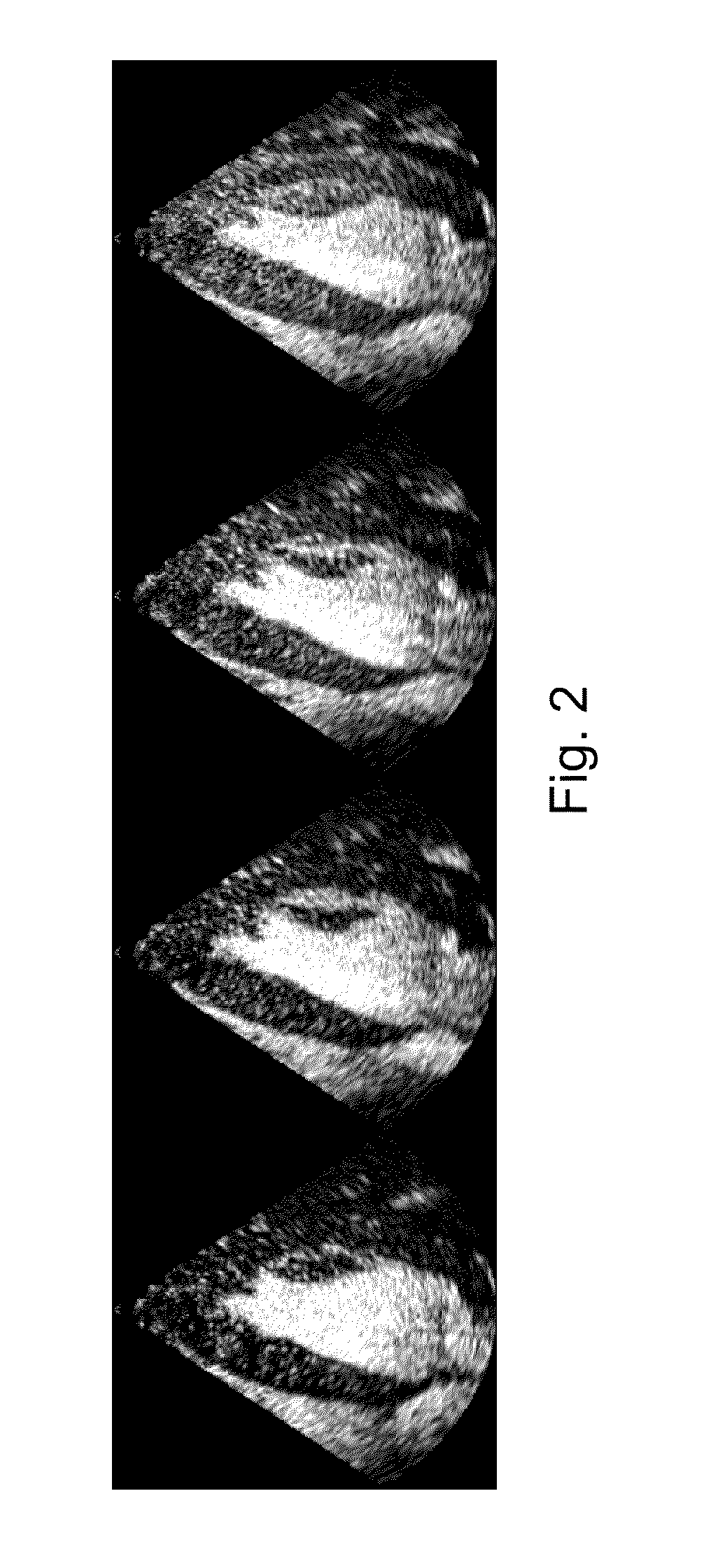Method for generating quantitative images of the flow potential of a region under investigation
a flow potential and quantitative technology, applied in the field of generating quantitative images of the flow potential of a region under investigation, can solve the problems of difficult detection, difficult to detect, and difficulty in detecting non-limiting flow coronary lesion
- Summary
- Abstract
- Description
- Claims
- Application Information
AI Technical Summary
Benefits of technology
Problems solved by technology
Method used
Image
Examples
Embodiment Construction
[0056]For the purposes of promoting an understanding of the disclosure, reference will now be made to the embodiments illustrated in the drawings and specific language will be used to describe the same. It will nevertheless be understood that no limitation of the scope of the disclosure is thereby intended, such alterations and further modifications in the illustrated device and its use, and such further applications of the principles of the disclosure as illustrated therein being contemplated as would normally occur to one skilled in the art to which the disclosure relates.
[0057]The invention will be now described with reference to bi-dimensional ultrasound images of organs, particularly the heart, however the skilled person would appreciate that the inventive concept can be applied to process any kind of sequence of images of bodies or regions perfused by a fluid from which quantification images of the spatial distribution of flow can be determined.
[0058]With reference to FIGS. 1 ...
PUM
 Login to View More
Login to View More Abstract
Description
Claims
Application Information
 Login to View More
Login to View More - R&D
- Intellectual Property
- Life Sciences
- Materials
- Tech Scout
- Unparalleled Data Quality
- Higher Quality Content
- 60% Fewer Hallucinations
Browse by: Latest US Patents, China's latest patents, Technical Efficacy Thesaurus, Application Domain, Technology Topic, Popular Technical Reports.
© 2025 PatSnap. All rights reserved.Legal|Privacy policy|Modern Slavery Act Transparency Statement|Sitemap|About US| Contact US: help@patsnap.com



